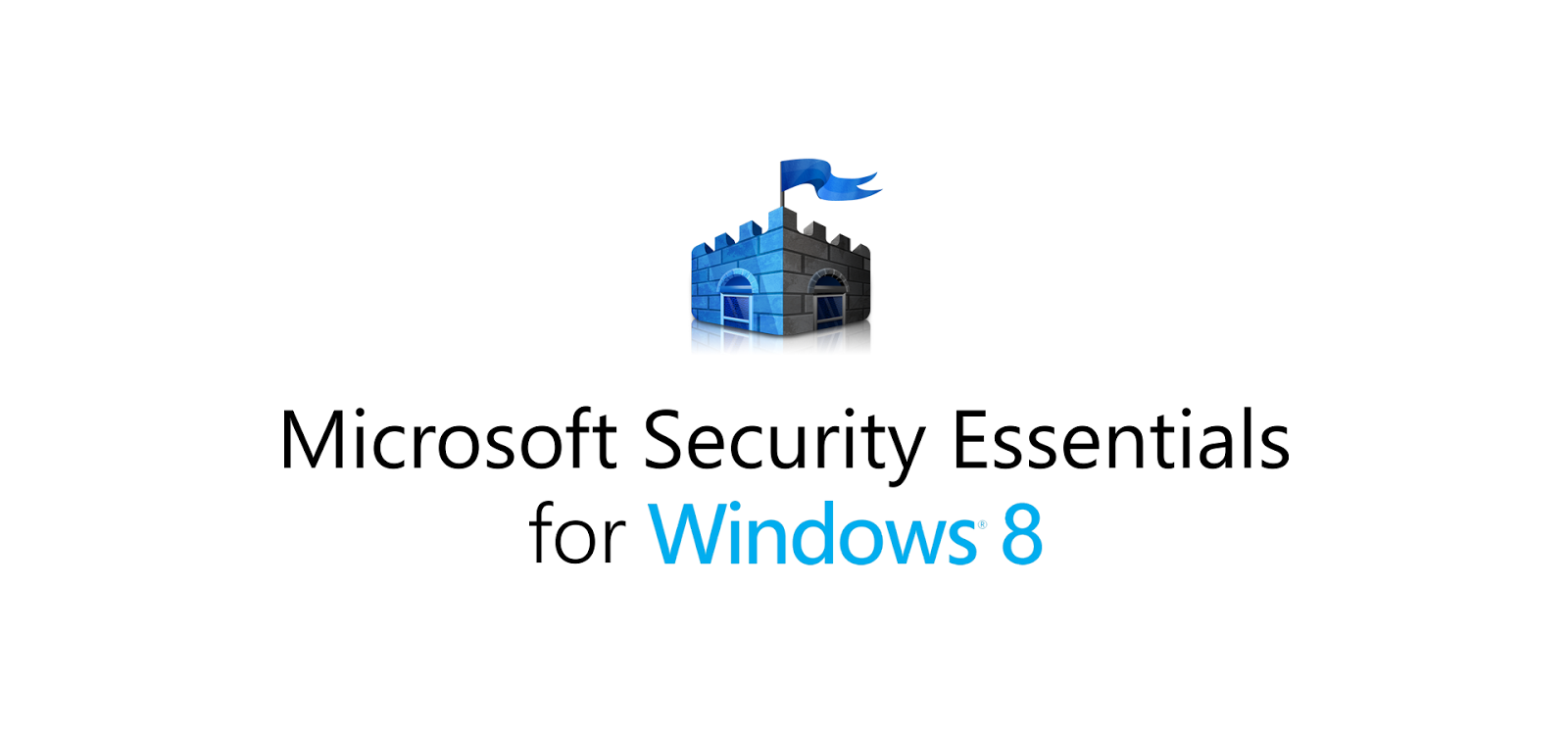

The company published a Extended Security Updates (ESU) FAQ on its support website that is aimed at organizations for the most part.

Organizations have options to extend support by up to three years by paying Microsoft per device ( small businesses) or per user ( Enterprises). The company won't release updates anymore after that date for Home users. But Microsoft has presumably weighed that against its desire to induce customers to upgrade to Windows 10 and found for the latter.Microsoft ends support for Windows 7 on January 14, 2020, the January 2020 Patch Day. 14 unprotected systems threaten the Windows ecosystem as a whole, because exploitation of, say, one Windows 7 PC could lead to the compromise of several other devices on the same network, such as one connecting the machines of a small business. Without question, it would be in Microsoft's interest to continue updating MSE on Windows 7 after Jan. That's not the case now Windows 7 is the end of the line for MSE. Because Microsoft was still required to produce MSE signature updates for Windows 7, there was no, or little extra work needed to push the same updates to XP.

What Computerworld neglected to consider, of course, was that in 2014 MSE still had a large pool of users or potential users, those running Windows 7. The forecast was based on Microsoft's behavior five years ago, when it kept cranking out malware signature updates for Windows XP users of MSE in the months after that operating system's April 2014 retirement. Windows 7, though, has been stuck with MSE.Ĭomputerworld previously speculated that Microsoft would provide updates to MSE even after Windows 7's retirement, slated for Jan. Since then, Defender has been baked into each follow-up version of the OS, including Windows 10.


 0 kommentar(er)
0 kommentar(er)
